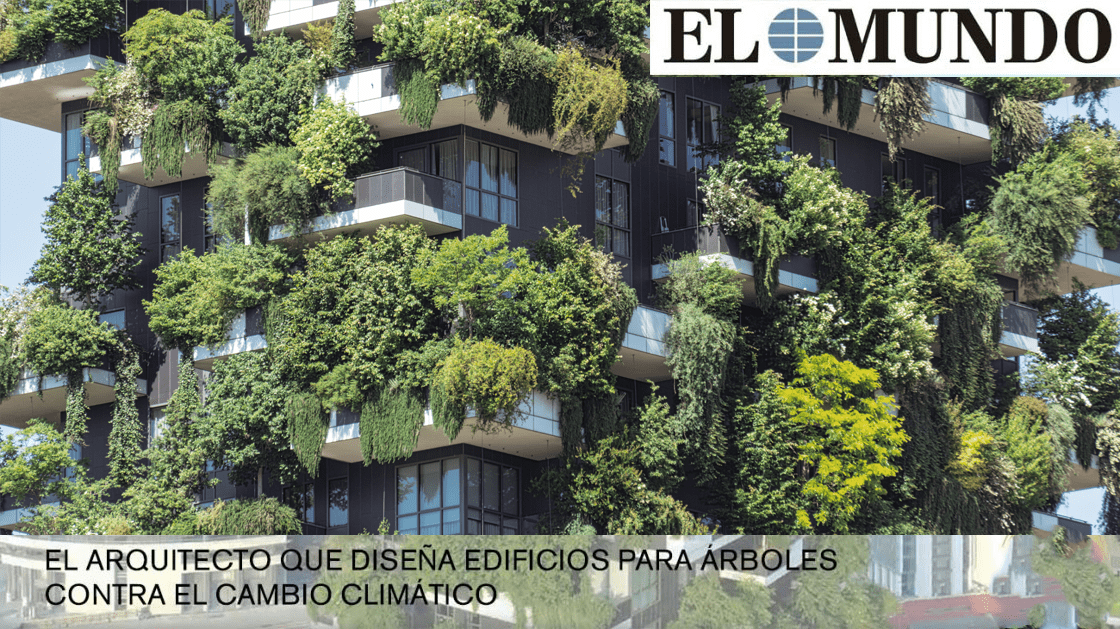
February 6th, 2018
Interview with Stefano Boeri on the Spanish daily El Mundo, realized by the journalist, biologist and researcher Mar De Miguel, who met the architect in Madrid.
Starting from analyzing the global data on the extent and erosion of forests, on the absorption capacity of CO2 by trees and on the sources of atmospheric pollution, the interview explores the characteristics of the Vertical Forest from an architectural, technical, environmental and social point of view, as a solution to tackle pollution, climate change and housing shortages.
Considering the premise that, in the time of reading the article, 28,500 trees will be cut down on our planet. The UN has calculated that 13 million hectares of forest are lost each year. 79,000 tons of CO2 per minute are sent into the atmosphere. The figure reaches 41.5 gigatons per year, according to data presented at the Bonn climate summit of 2017. Can we reverse these figures?
“Cities produce 75% of the CO2 present in our atmosphere – explains Stefano Boeri – Forests absorb 40% of CO2 globally, which means that if we bring trees and forests in our cities we will fight the enemy on its own field, in the place where CO2 is produced”. Expert in sustainable architecture, Stefano Boeri is known for architectures that integrate natural elements, such as the residential towers of Vertical Forest in Milan, built in 2014, or the Forest City projects in China. Boeri’s architecture, integrating nature as an essential element, comes to terms with a series of difficulties, studies and very specific technical solutions to solve. The project of a Vertical Forest includes the selection of plant species and their climatic needs, calculating the humidity, solar lighting and wind conditions. The three-dimensional space of each tree must provide for the bounded growth. The complex irrigation system is linked to the exact position of the roots: it calculates the force of the wind impacts on trees according to their height and angle. “We went to a wind tunnel in Florida, where the typhoon tests were carried out, we wanted to see a real model and test our solutions”.
This model of architecture proves to be a solution to fight pollution and climate change thanks to the capacity of trees to absorb CO2, to demineralize the soil and to improve the development of urban biodiversity.
After the first Vertical Forest prototype in Milan, Stefano Boeri Architetti continues the research and design work on Urban Forestry. In China, the Forest City project is a model of urban settlement covered with greenery and energetically self-sufficient.
In addition to pollution, the aim is to solve the problem of housing shortages: in Eindhoven the Trudo Vertical Forest will be the first Vertical Forest used for social housing.
The future of cities takes shape in the vision project of Seeds on Mars, presented at SUSAS 2017 International Biennial in Shanghai.
A provocation that responds to a fact: in the time of reading the interview on El Mundo, the atmosphere was charged with 395,000 tons of CO2 more and the Earth has lost 142,500 trees.
